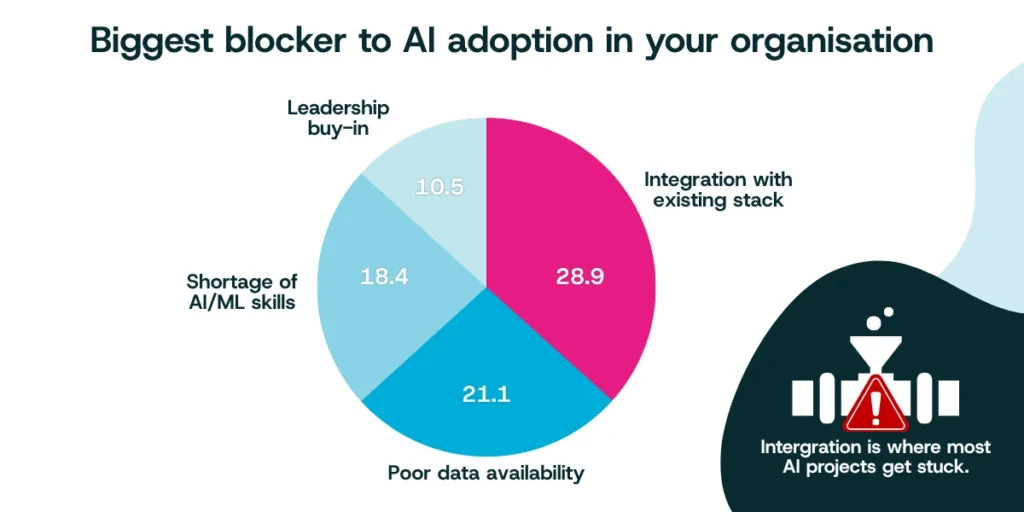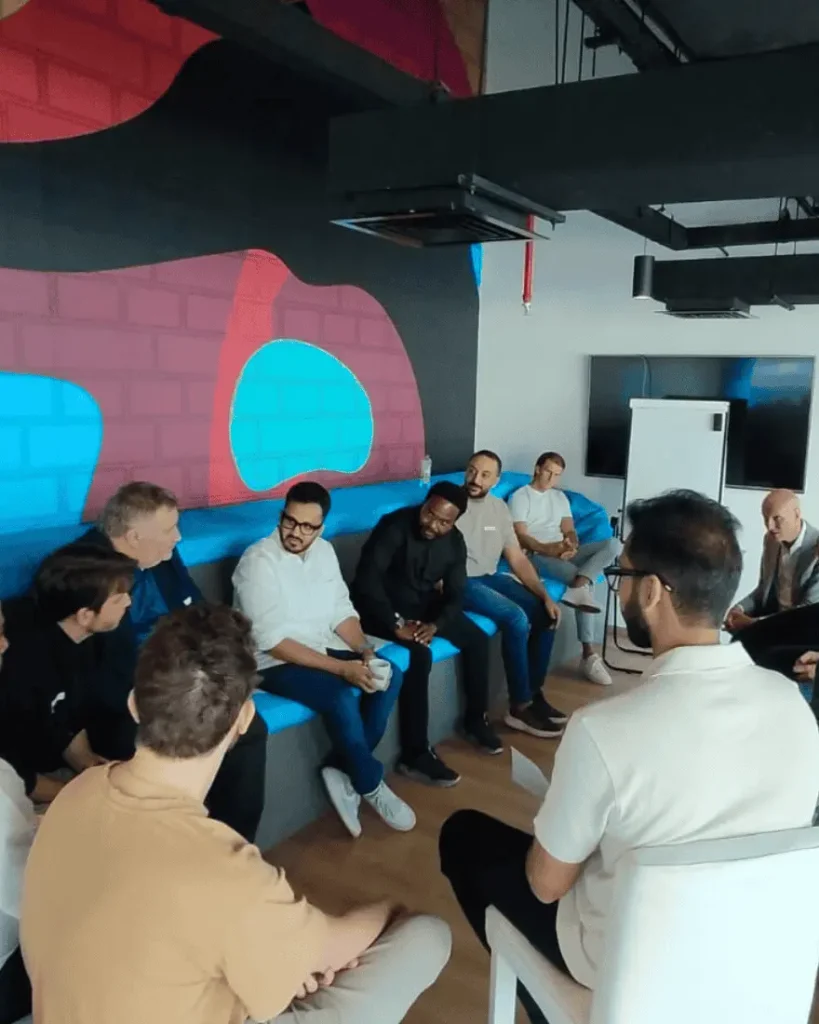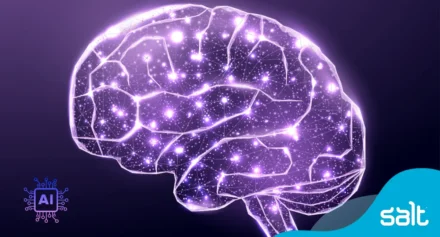Tech leaders: AI, Talent, and the race to scale
The tech scene is growing. Startups are no longer just building products; they’re building global-scale operating systems. But behind the trends, CTOs and CPOs face tough questions.

How do you hire AI talent when everyone is competing globally? How do you scale teams without getting into technical debt? And how do you turn AI initiatives into measurable business impact?
Our recent survey sent to our CTO, CPO and senior tech and product leaders uncovers the challenges, priorities, and opportunities shaping 2025 and beyond.
The talent crunch: hiring vs retaining
We asked: What is the single biggest challenge you’re facing right now in building & scaling tech/product teams?

- Technical debt slowing delivery: 18.9%
- Compensation & salary pressure: 18.9%
- Hiring senior AI/ML talent: 16.2%
- Retaining top engineers: 10.8%
- Lack of local market/product experience: 13.5%
Scaling a team isn’t just about hiring more people
It’s about building the right structure. Balance is needed for global remote talent with local expertise, keeping teams motivated and productive. The new differentiator isn’t just who you hire, but how you structure your tech organisation. The best leaders are blending local teams for proximity with global remote talent for capability. They’re also adopting “AI hiring filters” probing for curiosity, reasoning, and how candidates interact with AI, not just code.
Read more about the hottest in-demand technology skills and industriesWhat keeps leaders awake at night?
We asked: What keeps you awake at night as a tech/product leader in MENA in 2025?
Leaders are measuring AI impact in 3 ways:
- Building/integrating AI-native products: 23.7%
- Improving retention & engagement: 34.2%
- Scaling across MENA markets: 13.2%
The next phase isn’t about adding AI features
It’s about embedding intelligence into the core of products and keeping teams motivated to execute at speed. Hiring leadership that can sequence innovation and balance experimentation with delivery will be key. The best CTOs are not builders or operators; they’re portfolio managers of innovation.
AI adoption: The execution gap
We asked: When it comes to AI adoption in your organisation, what is the biggest blocker?

- Integration with existing stack: 28.9%
- Poor data availability: 21.1%
- Shortage of AI/ML skills: 18.4%
- Leadership buy-in: 10.5%
AI isn’t failing due to ambition; it’s failing at integration
Clean data pipelines and cross-functional expertise are now more important than just hiring model builders. The new differentiator isn’t just who you hire, but how you structure your tech organisation. The biggest blocker isn’t a lack of AI talent, it’s a lack of AI-ready talent. While only 18.4% selected an AI/ML skills shortage, the top barriers – stack integration (28.9%) and data availability (21.1%) – are also capability issues. The gap isn’t in model building; it’s integrating AI into legacy systems, fixing data plumbing, and making it usable in production.
AI and the future of work: a guide for business leadersMeasuring AI ROI: From hype to metrics
We asked: How are you (or how will you) measure ROI from AI adoption going into 2026?

- Revenue growth & new products – 31.6%
- Cost savings & efficiency – 31.6%
- Productivity improvements – 15.8%
AI initiatives are no longer experiments
Product and engineering hires now need to speak the language of finance and ROI. Hiring now tilts toward outcome-oriented technologists. Those who can link AI to metrics like revenue per user, gross margin, or time-to-market. This requires CPOs who can speak finance, not just features.
Forward-looking priorities for 2026
We asked: (Forward-looking), what will be your top tech/product priority in 2026?
Leaders are measuring AI impact in three main ways:
- Building/integrating AI-native products: 23.7%
- Improving retention & engagement: 34.2%
- Scaling across MENA markets: 13.2%
The next phase isn’t about adding AI features
It’s about embedding intelligence into the core of products and keeping teams motivated to execute at speed.
Product teams need a mix of AI-fluent thinkers who can design for human-AI collaboration and strong team leaders who can drive engagement and retention, ensuring the workforce can deliver complex, AI-enabled products effectively.

Spotlight: AI-Powered Breakfast
Our recent AI-powered breakfast in Dubai brought together builders, makers, and leaders to explore AI’s influence in fintech, engineering, and operations.
The real differentiator isn’t the AI model; it’s who owns the data, understands it, and moves first. AI won’t reward the biggest teams or the biggest budgets—it’ll reward the fastest learners. – Ricci Putnam, Salt Chief Growth Officer
AI + Talent = Scale
Tech leaders know the future isn’t about more AI, it’s about smarter teams, integrated products, and measurable outcomes. Success in 2026 will be defined by those who can combine talent, technology, and strategy to scale rapidly while staying resilient.
If you’re building AI-native products, your competitive edge is how your team thinks, decides, and adapts faster than anyone else.



